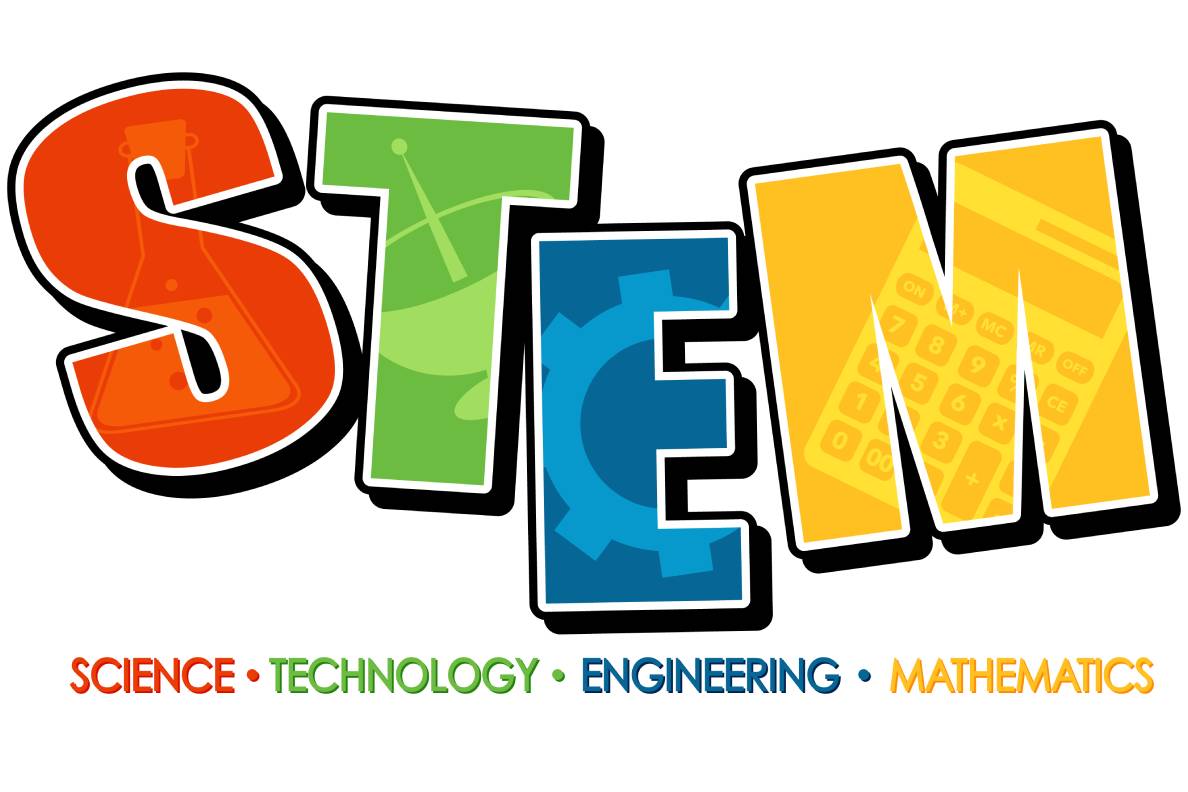STEAM Education. Applications And Benefits Of Educational Robotics

Did you know that the vast majority of economic activity is related to STEM (Science, Technology, Engineering, and Mathematics) disciplines? Hence, it the important that all students, regardless of what they study, have practical training in technologies and sciences, which they can acquire through official education or in unofficial learning spaces, such as Makerspaces, where people meet. Brings together to share resources and knowledge, do collaborative work, develop projects, and build projects.
STEM education refers to education in the areas of science, technology, engineering, and mathematics. It has been a primary focus in education in recent years, as these disciplines are essential for economic development and competitiveness in an increasingly technological world. However, some argue that STEM education focuses too much on technical knowledge and not enough on creative thinking and innovation.
STEAM education, in addition to the previous disciplines, adds art (science, technology, engineering, art, and mathematics). It is a response to this criticism since it adds training beyond the sciences to the STEM disciplines in order to encourage multidisciplinary and creative thinking in students. In this way, educational robotics becomes a valuable tool for working in STEM/STEAM areas due to the fact that it has a focus on several areas and allows students to apply theoretical knowledge in practical projects.
Educational Robotics Applications In The Classroom
Robotics is a tool that is currently on the rise and has become a fundamental solution for working on STEM/STEAM areas in the classroom since it combines several disciplines and allows students to put the acquired knowledge into practice. Students can use robotics to learn about programming, mechanics, electronics, and mathematics while also developing critical thinking, problem-solving, creativity, and teamwork skills.
Educational robotics have been used successfully to improve learning in mathematics and science. Students work on mathematical concepts, such as geometry and trigonometry, when designing and building robots. They can also learn about scientific principles, such as physics and electronics, by programming and controlling the robots. Additionally, robotics facilitates critical thinking and creativity by challenging students to find innovative solutions to problems. As students learn to program and control robots, they also learn to think logically and reason systematically, but also to look for creative solutions.
Robotics allows us to improve education beyond science. In fact, art plays a fundamental role in facilitating, for example, the creation of works of art that interact with external stimuli. This subject provides students with valuable skills in the world of work, such as teamwork or communication. By working on group projects, students learn to work together to achieve a common goal and to communicate their ideas and thoughts clearly and effectively. It also allows them to develop computational thinking skills, which is crucial in an increasingly technological world.
Another advantage of educational robotics is its ability to motivate students and increase their interest in STEM/STEAM disciplines. Students are more likely to engage in learning if it is presented playfully and practically, and in this case, educational robotics provides an engaging way of learning. Students can feel great satisfaction when they see that the robots work and manage to execute the tasks that have been programmed for them.
In addition to everything mentioned, educational robotics is a valuable instrument to improve inclusion and diversity in STEM/STEAM disciplines. It can be used to involve students of different origins, genders, and circumstances, as it provides the opportunity to collaborate with other classmates in pursuit of a common goal.
In conclusion, educational robotics is a practical tool for working in STEM/STEAM areas, which combines a multitude of disciplines, allows students to apply theoretical knowledge in practical projects, develops computational thinking, and promotes essential skills for the world of work. It is vital to promote and establish educational programs in robotics in schools and universities to prepare young people for the future and help develop fundamental competencies at a personal and professional level.
Also Read: Top 5 Most Profitable Programming Languages For 2023






